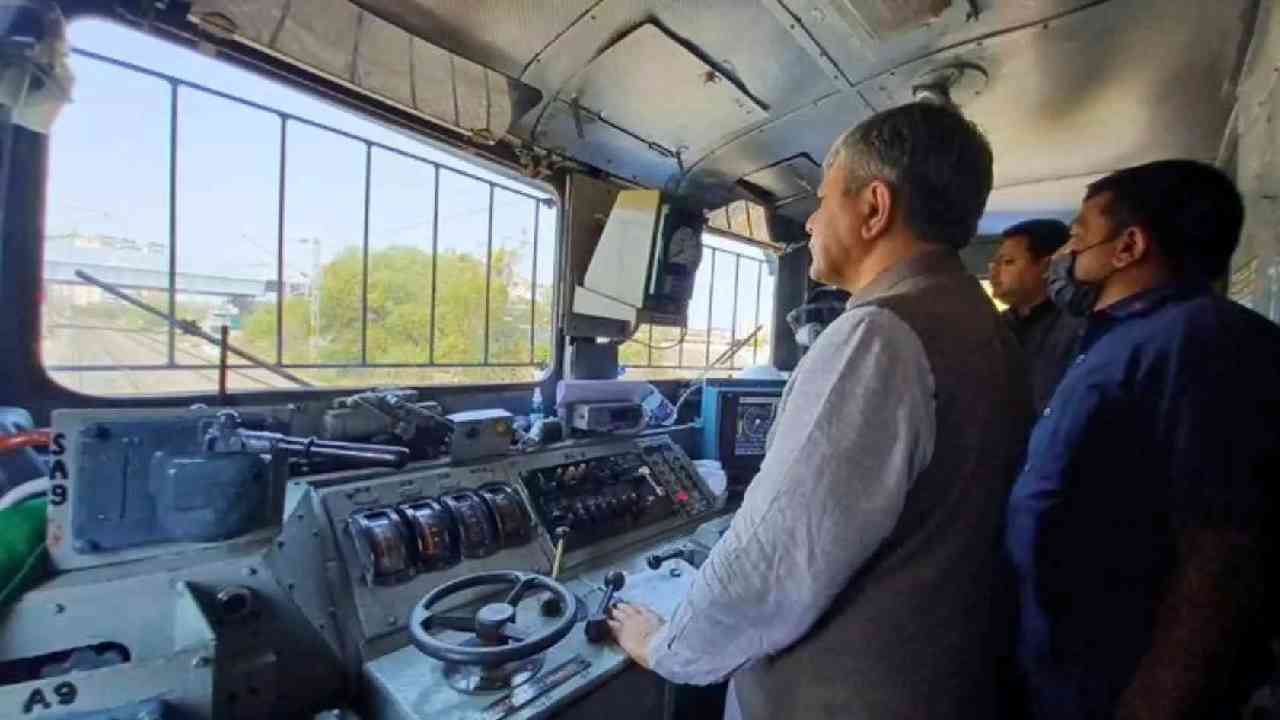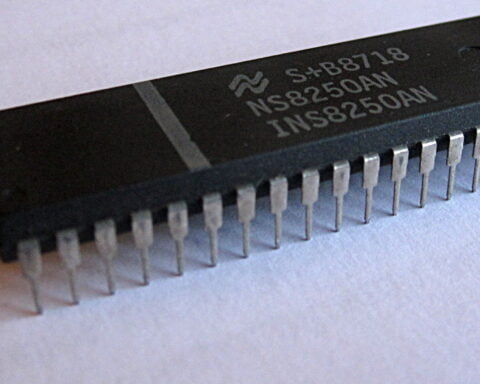On Friday, in the presence of the Minister of Railways Ashwini Vaishnav, Indian Railways conducted the Kavach test in railway technology. The successful trial was carried out on the Lingampalli-Vikarabad (South Central Railway) section. During the test, a train and an engine were driven face to face on the same track at a speed of 160 km/h.
Union Railway Minister Ashwini Vaishnav was on the train and the chairman of the Railway Board was in the engine. The train and the engine, facing each other on the same track, did not collide due to the Kavach technology and the test was successful. Kavach stopped the railway minister’s train only 380 meters before the engine coming from the opposite direction.
भारत में बना – भारत का कवच।#BharatKaKavach pic.twitter.com/gGQRfFKNCM
— Ashwini Vaishnaw (@AshwiniVaishnaw) March 4, 2022
What is Kavach?
Kavach is being promoted by the Indian Railways as the world’s cheapest, indigenously developed Automated Train Protection (ATP) system developed to help the Railways achieve the goal of Zero Accident.
The Kavach is designed in such a way that it will automatically stop a train if it gets information about the presence of another train on the same line within the specified distance. Due to this digital system, the train will stop automatically to avoid any human errors such as ignoring the red signal or any other fault.
According to officials, the Kavach conforms to SIL-4 (Security Standard Level Four), which is the highest level of any security system. Once this system is introduced, all trains within a range of five kilometers will stop for the safety of the train parked on the adjacent tracks. The armor is approved for speeds up to 160 kmph. The test saw how the Kavach technology works in three situations – face-to-face collision, rear-end collision and danger signal.
Features of Kavach System
- Prevention of Signal Passing at Danger (SPAD)
- Continuous update of movement authority with a display of signal aspects in Driver Machine Interface (DMI)/Loco Pilot operation cum Indication Panel (LPOCIP)
- Automatic braking for prevention of over speeding
- Auto whistling while approaching level crossing gates
- Prevention of collision between two locomotives equipped with functional Kavach
- SoS Messages during emergency situations
- Centralised live monitoring of train movements through the network monitor system.
Installation of Kavach
During the development phase, Kavach has been implemented for a length of 264 km covering 25 stations across Wadi-Vikrabad-Santhnagar and Vikarabad-Bidar sections over SCR.
In the financial year 2020-2021, Kavach has been commissioned for over 321 Route Kilometre (Rkm) covering 32 stations across Nanded, Secunderabad and Hyderabad divisions.
The Indian Railways have planned to complete the installation at 79 stations and 13 LC gates covering 879 Rkm in 2021-22. By February 2022, installation at 52 locations covering 615 Rkm has been completed. So far, Kavach has been deployed on over 1,098 route km and 65 locos in ongoing projects of the South Central Railway. Further, Kavach has been planned to be implemented on Delhi-Mumbai and Delhi-Howrah corridors covering the distance of around 3,000 km. This will be a part of the Mission Raftar project for raising speeds to 160 kmph.


























